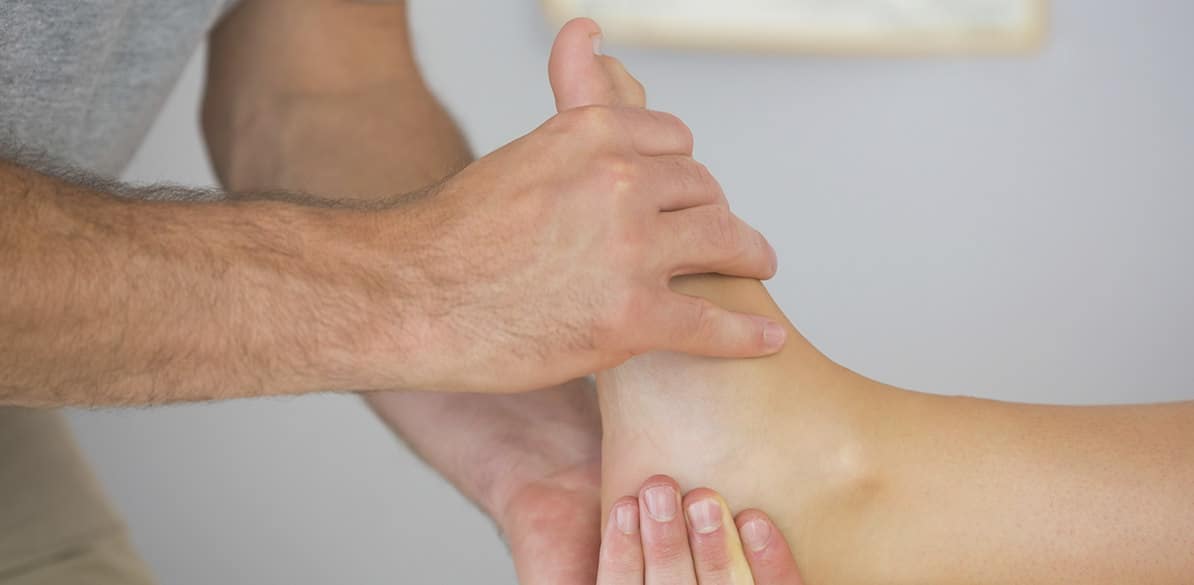Diabetic neuropathy and care of diabetic foot in the driver

Diabetic polyneuropathy is frequently asymptomatic, but can be associated with numbness, tingling and paresthesia of the extremities, and less often, hyperesthesia and severe weakening pain of deep location.
Acute painful neuropathies affecting cranial pairs III, IV or VI, and improving spontaneously within weeks or months, are more recurrent in elderly diabetics.
Autonomic neuropathy does not usually occur in diabetics with polyneuropathy and can cause postural hypotension, sweating disorders, gallbladder function impairment, and digestive functional disorders including esophageal dysphagia, delayed gastric emptying, or constipation and diarrhea.
Foot ulcers are a significant cause of morbidity in diabetes mellitus, where the main predisposing factor is sensory denervation, that impairs the perception of injuries caused by common causes.
It is the case of misfitted shoes, inappropriate care of the diabetic, pebbles inside the shoe, and sewings and folds in the internal lining of footwear.
Plantar mal perforans can result of abnormal support, untreated callus, or a foreign body. Since pain is not always associated and sensory disorders sometimes confuse the patient, the diagnosis can be delayed.
The infection of injuries, cracks or interdigital erosions will aggravate the local injury and can spread to deeper soft tissues with edema of the leg or lymphangitis, osteomyelitis, and enhancing its passage to the rest of body areas.
Deep ulcers, particularly those associated with cellulitis, require immediate admission for the risk of sepsis and permanent disability. Early surgical debridement is essential.
Plant mal perforans affects the ability to drive making difficult to control the car due to pain, clinical disorders, local treatments and adjustment orthesis such as insoles or special footwear.
Advice on Diabetic neuropathy and care of diabetic foot in the driver
- Symptomatic polyneuropathy, acute painful mononeuropathy and autonomic neuropathy with clinical manifestations reduce safety when driving, so physician should advise against driving, if necessary.
- When evaluating the patient, the physician may inform of the transient or definitive deficit to drive, and also of its prognosis.
- The physician should inform in writing in each revision of the existing neurological injuries and their outcome, to be able to evaluate the ability of the patient to drive and advise him with this regard.
- Symptomatic neuropathy due to pain, loss of sensitivity or autonomic disorders is disabling for driving until the treatment has solved the symptoms and the physician informs that the patient is able to drive.
- Leg ulcers are disabling for driving, because both the ulcer and the bandage applied to the area make difficult the foot movements in the pedals and the precision when treading on them. The physician should warn the patient about this.
- The favorable outcome of the leg with ulcer healing, disappearance of edema and infection will permit to drive again when the physician recommends it.
- The loss of sensitivity in the feet can make difficult the adequate support on the pedals with the risk of accident. In this case, it is advised against driving.
- However, if it is confirmed that the diabetic driver has problems with his feet, we should inform him that there are enhanced pedals adaptable to any car, that can in many cases make up for the deficiency.
- He should be reminded not to drive barefoot or with sandals. Footwear should be comfortable and the inside will be inspected for any object that could be harmful for the foot.
- The driver should take in a visible place inside the car the medical report specifying his disease and treatment, so that in case of accident he can be identified and adequately managed.
Care of the foot in diabetic drivers
- Daily washing of feet with lukewarm water and neutral soap, with careful drying of the foot, insisting in detail in toe drying.
- Do not use heating or air conditioning through the installation outlets directed to the legs.
- Self-examination of the feet, and, if not possible, examination by another person, looking for hyperkeratosis, fissures, wounds, maceration
- Never drive barefoot or with sandals.
- Fight against anhydrosis and hyperhidrosis as effective tools to maintain skin integrity.
- Frequent nail cutting without reducing the edges.
- Always use clean, ironed stocks. Modern microfiber allows for keeping the foot always dry, as it removes moisture from inside it and is also in many cases manufactured without sewings and folds, thus improving the affinity for the foot skin.
- The footwear should be comfortable and wide. The inside will be inspected whenever to be used looking for any object that could be harmful for the foot.
- Ask the podiatrist in case of calluses or hyperkeratosis of mechanical origin, so some corrective measure could be applied. Never apply over-the-counter keratolytics without advice from an expert.
Do not leave a wound, not even a very small one, for over 48 hours without specialized care.
